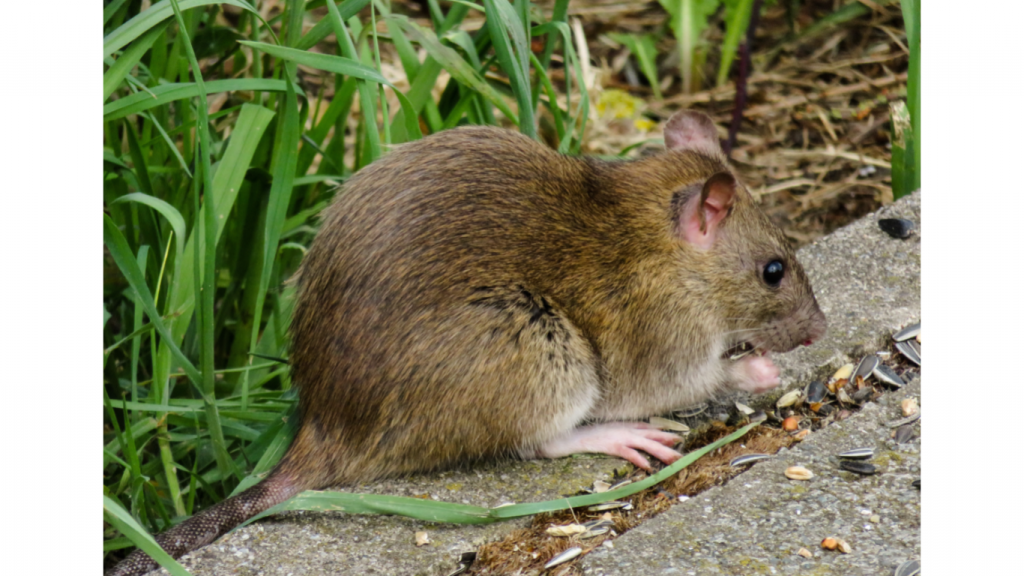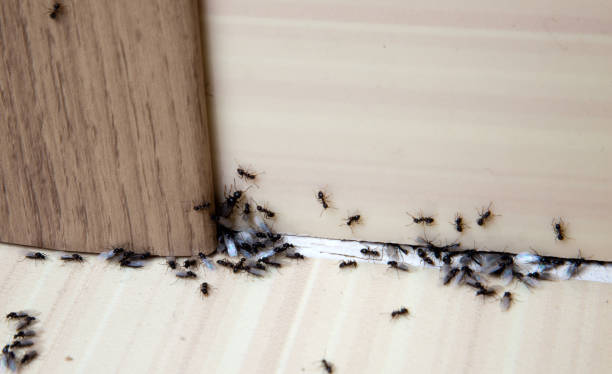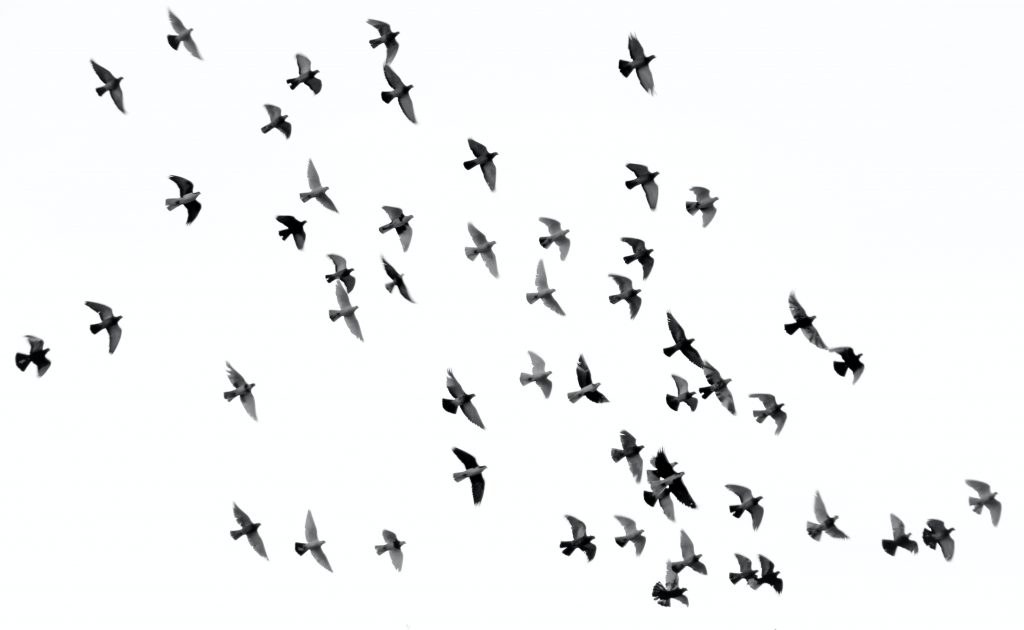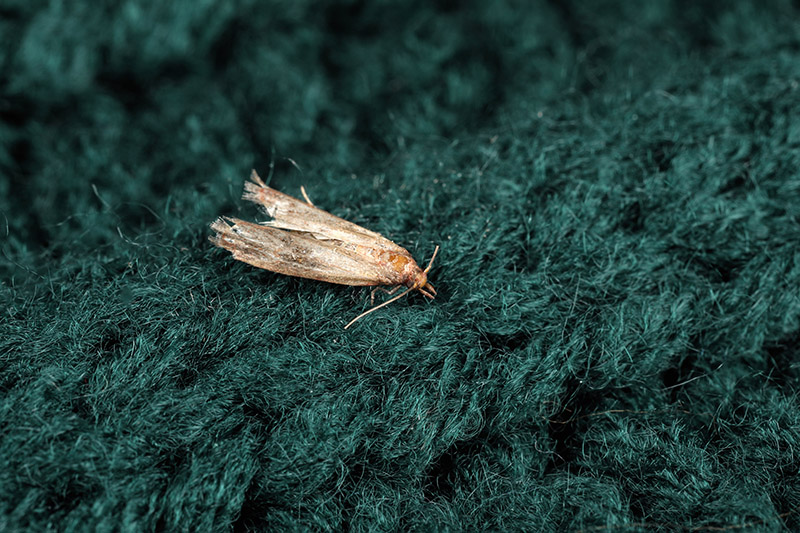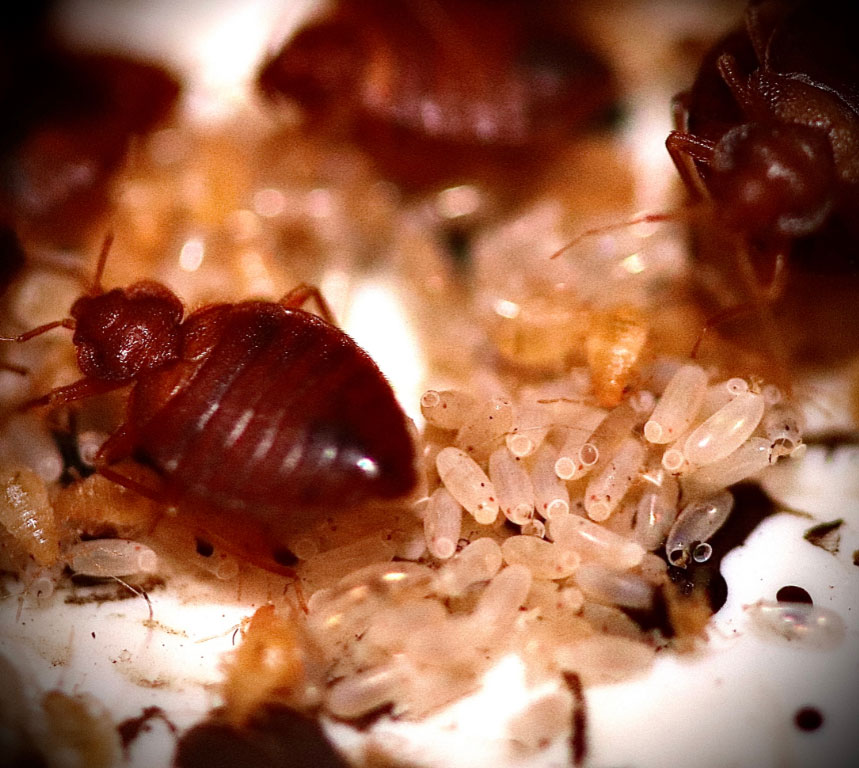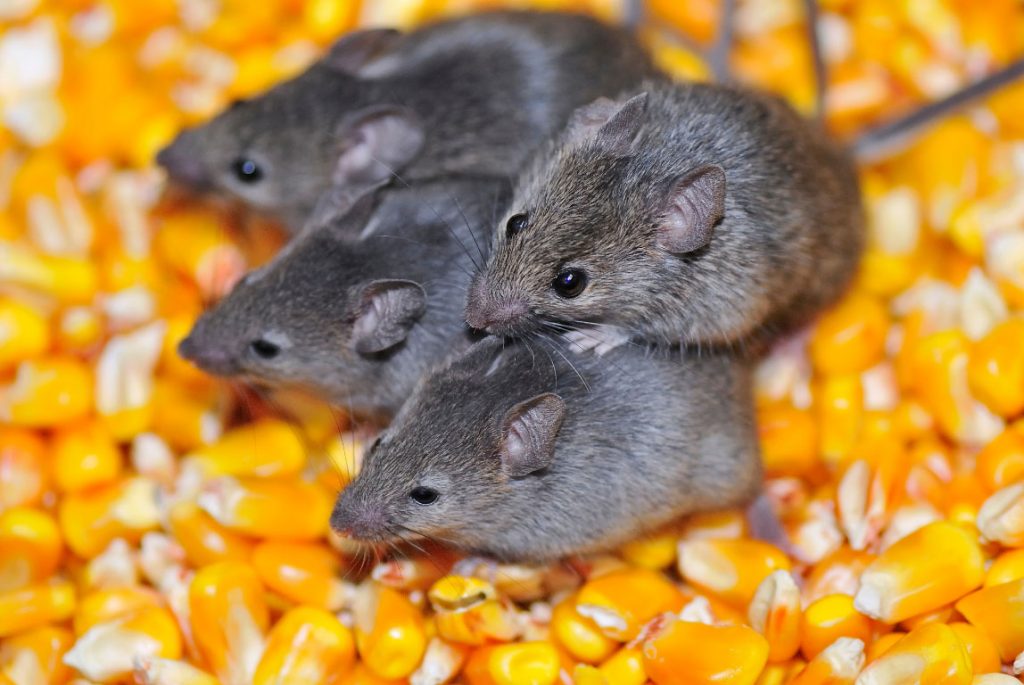Are Foxes Protected from Fox Pest Control Services? Request Quote here Fantastic Mr Fox Foxes are natural scavengers and are becoming an ever-increasing sight in our major towns and cities. Most urban foxes are now beginning not to see us as a threat, but more as a food provider. Leaving rubbish out with left over food in accessible plastic bags will attract most vermin, especially foxes. We recommend keeping such bags in tougher containers or plastic wheelie bins. We also advise ensuring any hutched animals such as rabbits, guinea pigs and chickens be kept in secure bordered areas to prevent foxes gaining entry. Protection Laws Foxes are protected under a series of wildlife protection laws against poisoning, gassing, asphyxiating, maiming, stabbing, impaling, drowning, clubbing and most forms of snaring, with anyone convicted of carrying out such acts liable to 6 months imprisonment and/or a £5,000 fine per animal. The fox is sometimes referred to as vermin, but it is not, and never has been categorised as such by the Department for Environment, Food and Rural Affairs (DEFRA). HOWEVER foxes are NOT protected against shooting. A single shot which will cull the animal instantly is the only legal form of eradication. Some pest controllers may charge large fees to cage-trap nuisance foxes which are then set loose miles away. A fox dropped off (known as ‘hard-release) in a strange territory will find itself in competition for food with resident foxes. This puts the animal under undue stress and therefore is almost certainly an offence of cruelty under the Animal Welfare Act 2006 and is condemned by the government’s DEFRA. Deterrents There are a number of different deterrent scents on the market people may wish to try first, with ‘Scoot’ being the favoured choice by many. Some customers we know even put their urine in Jars around the garden in the hope the local foxes will move on. More often than not, these efforts will not make the problem animal go away. A female fox, known as a vixen, will not leave the territory and den if she has cubs no matter what scent is placed down near her. The same goes with large male foxes, known as dogs. Do Foxes Carry Harmful Diseases? In the UK, there is little or no danger of contracting disease from foxes. The last case of canine rabies, once widespread in the UK, was in 1902, since when the disease has rapidly receded over most of Europe. Some foxes will have mange or scabies which is a parasite that lives and breeds on the animal. This parasite can be transferred to pets but is treatable with approved veterinary products. So What is the Best Way to Stop Foxes? If you have foxes stealing your washing off the line, shoes at the back door, digging up your newly planted flowers, damaging your gardens irrigation system, fouling over the kids trampoline and play area, killing your chickens, rabbits or guinea pigs then there are a few options that can alleviate the problem. Firstly, proofing works can be carried out. Extensive fencing and digging in steal barriers around the gardens edge to stop new foxes entering below the neighbours fence can be achieved but at great cost, as well as at an aesthetical cost, with the garden looking somewhat like a prison cage. Secondly, removing any shelters, food sources or general clutter that may be attracting foxes. Over grown gardens which provide adequate shelter such as decking and sheds placed on soft soil which the fox can dig below and create a den, are all favoured spots for the fox. Food waste not in hardened bins will attract all manner of vermin such as mice and rats which the fox will see as a food source and stay local to the area. It may be the neighbours property that is causing the animal to stay local so working together as the local community will certainly be advantages in the long term. Finally, culling the animal using highly trained personnel will remove the immediate animal from the area. If, as we have highlighted above, the area is attractive to foxes then further foxes may be seen after a month or two once the scent of the original fox culled in that territory has been removed. For further information about our services then please visit our Fox page here Request Quote here

